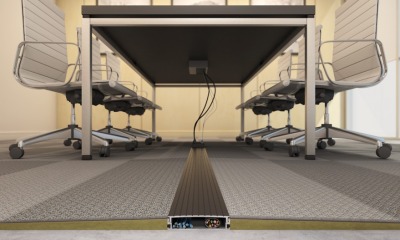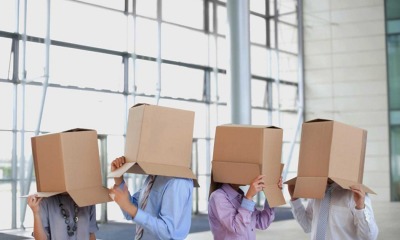Business
How To Reduce Water Use In The Office

Water is a precious resource, we all know that. Civilization has changed through history, but acquiring and building infrastructure to secure an easy access to water has been consistent throughout every time period, everywhere on the planet.
Today, when large corporations and “office lifestyle” rule the world, we have found ourselves in a peculiar situation. On the one hand, the infrastructure that grants us access to water has never been so developed. On the other, due to the pollution and environmental factors, we are expected to be careful with our water usage. In order to deal with this issue responsibly, here’s how to reduce water use in the office.

Scale matters but your habits matter more
Virtually every business has water needs of different scale. From small home-based businesses that are limited to a single apartment, to large manufacturing factories, every worker needs water for drinking or cleaning throughout the day. Even though the problems are glaring, we’ve never had such an access to non-polluted water on such a large scale all thanks to technological advancement. But we shouldn’t be so carefree when it comes to this.
No matter the size of business, every worker should be aware of the current state of global climate and pollution, and try to cut back on water consumption. By behaving responsibly, any company could cut its water expenditure by 30%. Of course, the big picture is not only about water – your working community should do everything it can to reduce office waste as well.
Unfortunately, awareness is exactly where the problem lies. Most of the employees are preoccupied with work throughout the day and they hardly have the time to think about conserving water without some help from their peers and workplace environment. The additional issue arises from the fact that spending water in an office doesn’t impact the employee’s wallet directly. In order to combat these issues, there are several things the office management can implement.
Things you can implement
There are two areas in every office that require constant, free-flowing water – a toilet and a kitchen.
By a significant margin, the largest expenditure of water in an office is through toilet use. Flushing is one of the worst activities in this sense. Instead, it would be prudent to install low-flow toilets, especially if your workplace has multiple restrooms. Thankfully, there is a lot of useful technology, like motion detectors, that can be built into urinals, which will add to the overall monthly water savings.
The use of kitchen faucets is, not surprisingly, on the peak during and after lunch hour. People mostly use the kitchen to wash their dishes, so the best way to save water in this area is to install automatic taps or spray taps. You can also encourage employees to compost food scraps instead of using garbage disposals.

Checkups
Checking your faucets and plumbing for leaks is crucial. If something happens to be malfunctioning, it needs to be fixed in a timely manner, and these plumbers servicing Inner West and Eastern Sydney can arrive at the location promptly and deal with issue efficiently. It might be best to always have reliable plumbers just a phone call away and cultivate the cooperation with them throughout the years. This way, if there is a problem, they might know exactly what needs to be fixed.
Signs
As mentioned before, most employees go about their day with nothing but their job on their mind. In order to remind them about the importance of being careful with water spending, you can put up signs. These signs can be dramatic, textual or visually striking, but it’s important to have them placed by the aforementioned areas – the kitchen and the toilet.
This will help you reduce your water bill at the end of the month and decrease water consumption. The benefits are both economic and ecological. Of course, this and other sorts of “green thinking” will generate positive PR for your business, so it’s a win-win across the board for every “party” involved – both nature and you.
-

 Tech11 years ago
Tech11 years agoCreating An e-Commerce Website
-

 Tech11 years ago
Tech11 years agoDesign Template Guidelines For Mobile Apps
-

 Business6 years ago
Business6 years agoWhat Is AdsSupply? A Comprehensive Review
-

 Business10 years ago
Business10 years agoThe Key Types Of Brochure Printing Services
-

 Tech8 years ago
Tech8 years agoWhen To Send Your Bulk Messages?
-

 Tech5 years ago
Tech5 years ago5 Link Building Strategies You Can Apply For Local SEO
-

 Law5 years ago
Law5 years agoHow Can A Divorce Lawyer Help You Get Through Divorce?
-

 Home Improvement6 years ago
Home Improvement6 years agoHоw tо Kеер Antѕ Out оf Yоur Kitсhеn







































